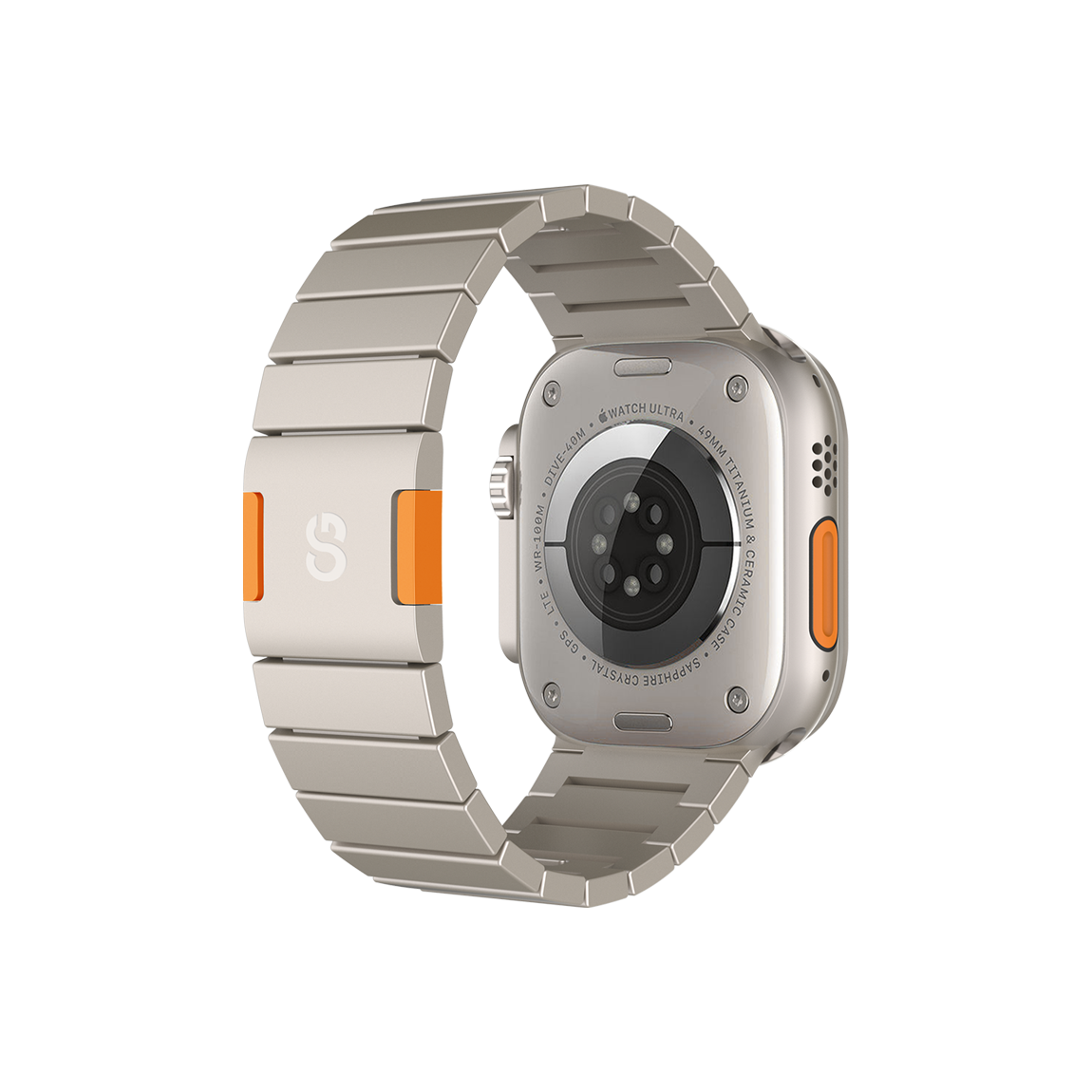Navigating Apple Device's Plethora of Ports
Long Gone are the days of the legendary 30 pin charger that powered classics like the iPhone 4, iPod Touch and iPod Nano. Apple now has a variety of ports across is devices, ranging from USB-A and Lightning to MagSafe 3. Occasionally even we find it difficult naming and remembering what kind of port is on which device so we decided to make a simple guide to understand exactly which port is on which device & what said port is capable of.

Ever since the iPhone 5, Apple has been using the Lightning port on its iPhones but after 11 years in 2023 Apple finally introduced the first iPhone with USB-C. While this is the new standard for charging ports on the iPhone we cannot forget about the phones that had Qi wireless charging and MagSafe charging too! Here is a easy way to understand what ports and charging methods are available to Apple's recent line up of iPhones.

Much like the iPhone, Apple has used the Lightning connector with iPads for what seems like a lifetime but in 2018 began to introduce USB-C ports into its iPad Pro line up and since then has been slowly been converting the rest of its iPads to USB-C as well! The table above should help better understand Apple's current iPads and which ports they use.
Why all this fuss over USB-C?
- Standardization and Simplification: USB-C offers a universal standard for connectivity across various devices, allowing users to use one type of cable for multiple purposes like charging, data transfer, and video output. This simplifies the user experience and reduces the need for multiple cables and adapters.
- Faster Data Transfer and Charging: USB-C supports faster data transfer speeds and higher power delivery compared to older USB standards like USB-A. This means quicker charging times and faster file transfers, enhancing overall device performance and user convenience.
- Adaptability and Versatility: USB-C ports are versatile and can be used for various purposes, including connecting external displays, storage devices, and peripherals. This adaptability aligns with Apple's focus on creating versatile and flexible computing experiences for its users.
- Environmental Considerations: Apple has also emphasized environmental sustainability in its product design. Moving towards standardized connectors like USB-C reduces the need for proprietary connectors and adapters, which can lead to less electronic waste over time.

Over the past few years AirPods have gone through a lot of iterations, starting with the original Lightning AirPods. Apple has since introduced 5 different AirPods models, some with USB-C, MagSafe and Wireless charging. Here is a breakdown of the various AirPods and their ports.

Much like the iPhone, Apple has used the Lightning connector with iPads for what seems like a lifetime but in 2018 began to introduce USB-C ports into its iPad Pro line up and since then has been slowly been converting the rest of its iPads to USB-C as well! The table above should help better understand Apple's current iPads and which ports they use.

























